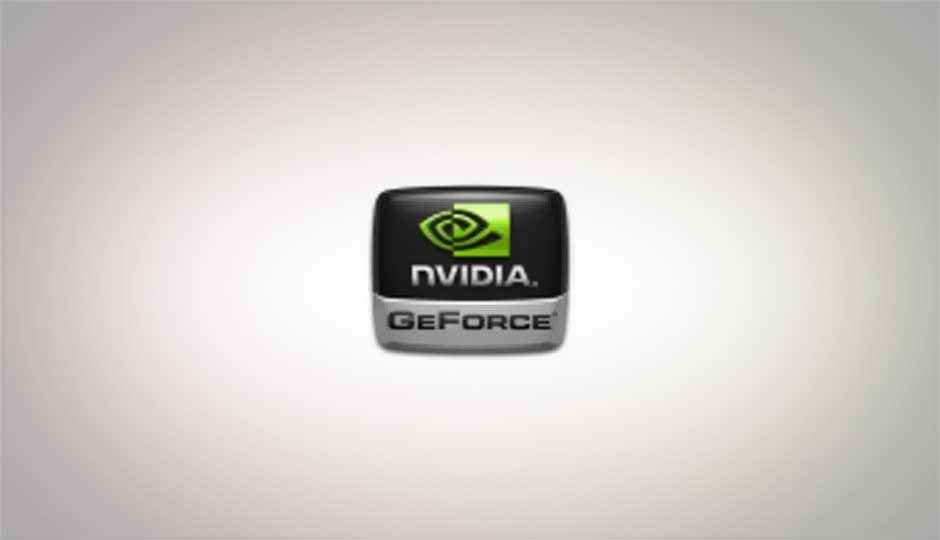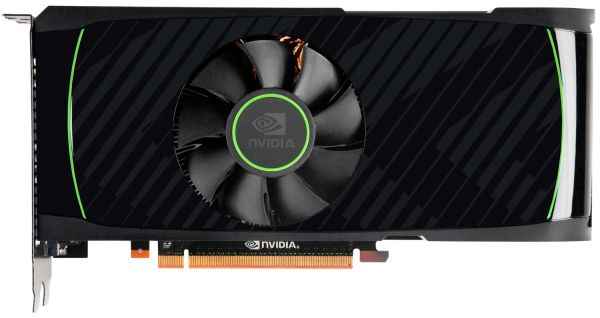Nvidia stirs up the competition, releases GF114-based GeForce GTX 560 Ti GPU

 Survey
SurveyNvidia has updated its desktop graphics card lineup with a new Fermi-derived GPU, the GeForce GTX 560 Ti. Sitting square in between the AMD Radeon HD 6950 and the HD 6870, the card has prompted some decisive wrangling in the $200 to $300 GPU segment, with AMD introducing two new variants to balance the competition.
|
NVIDIA
|
Price
|
AMD
|
|
GeForce GTX 580
|
|
|
|
|
$500
|
|
|
GeForce GTX 570
|
|
|
|
|
$350
|
Radeon HD 6970
|
|
|
$279-$299
|
Radeon HD 6950 2GB
|
|
|
|
|
|
|
$259
|
Radeon HD 6950 1GB
|
|
GeForce GTX 560 Ti
|
$249
|
|
|
|
$230
|
Radeon HD 6870 OC
|
|
|
$219
|
Radeon HD 6870
|
|
GeForce GTX 460 1GB
|
|
|
|
|
$160-170
|
Radeon HD 6850
|
Priced at $249, the GTX 560 Ti now sits between a cheaper 1GB VRAM variant of the HD 6950, priced at $259, and factory overclocked versions of the HD 6870, priced at approximately $230. AMD has also released its latest Catalyst drivers, upping performance incrementally across the HD 5800, 6800, and 6900 series.
The GeForce GTX 560 Ti is based on what Nvidia is calling the GF114 GPU architecture, which rather than being something new entirely, is more along the lines of a fully enabled 1.95 billion transistor GF104 (GTX 460), with no locked or non-functional cores, engines, ROPs, and memory controllers.
|
GPU Model
|
GTX 580
|
GTX 570
|
GTX 560 Ti
|
GTX 460 1GB
|
|
Stream Processors
|
512
|
480
|
384
|
336
|
|
GPU Core
|
GF110
|
GF110
|
GF114
|
GF110
|
|
Texture Address / Filtering
|
64/64
|
60/60
|
64/64
|
56/56
|
|
ROPs
|
48
|
40
|
32
|
32
|
|
Core Clock
|
772MHz
|
732MHz
|
822MHz
|
675MHz
|
|
Shader Clock
|
1544MHz
|
1464MHz
|
1644MHz
|
1350MHz
|
|
Memory Clock
|
1002MHz (4008MHz data rate) GDDR5
|
950MHz (3800MHz data rate) GDDR5
|
1002Mhz (4008MHz data rate) GDDR5
|
900Mhz (3.6GHz data rate) GDDR5
|
|
Memory Bus Width
|
384-bit
|
320-bit
|
256-bit
|
256-bit
|
|
Frame Buffer
|
1.5GB
|
1.25GB
|
1GB
|
1GB
|
|
FP64
|
1/8 FP32
|
1/8 FP32
|
1/12 FP32
|
1/12 FP32
|
|
Transistor Count
|
3B
|
3B
|
1.95B
|
1.95B
|
|
Manufacturing Process
|
TSMC 40nm
|
TSMC 40nm
|
TSMC 40nm
|
TSMC 40nm
|
|
Price Point
|
~$499
|
~$349
|
~$249
|
~$160
|
This gives the GTX 560 Ti 384 CUDA cores or Stream Processors, 64 texture units, 8 Polymorph Engines, 32 ROPs, 512KB L2 cache, 4 x 64bit memory controllers. The GF114-based GTX 560 Ti also features significant boosts in clock speeds across the board, with a 147MHz faster core clock, 102MHz faster memory clock, and 296MHz increase in shader clock.
Nvidia was able to achieve this staggering increase in potential from the GF104 to the GF114 in much the same way it revitalized its relatively inefficient (in terms of power/performance) GF100 cores to GF110 cores, by using three different grades of leaky transistors identified from TSMC’s mature 40nm process, better cooling systems, and a more streamlined design that concentrates more on graphics performance than GPU computing.
[RELATED_ARTICLE]All this gives the GF114-based GTX 560 Ti a remarkable 30% improvement on what is essentially the same GPU core design as the GF104-based GTX 460. Certainly remarkable, and almost completely replacing the now aging and finally defunct GTX 480 and 470. For now however, it looks like AMD’s quick thinking move of creating a 1GB variant of the HD 6950 might serve well to stave off cutthroat competition at the $240-$260 price range, as it apparently gives similar performance. To be noted of course, is the markedly better tessellation performance of the GTX 560 Ti, and which is slightly faster and quieter than the HD 6950 1GB. Ultimately, the GTX 560 Ti is now poised to take on the 1GB HD 6950 in much the same way as the GTX 570 took on the HD 6970 – from a slight advantage.
For benchmarks and in depth architectural information about the Nvidia GeForce GTX 560 Ti, visit Anandtech’s illuminating review.
